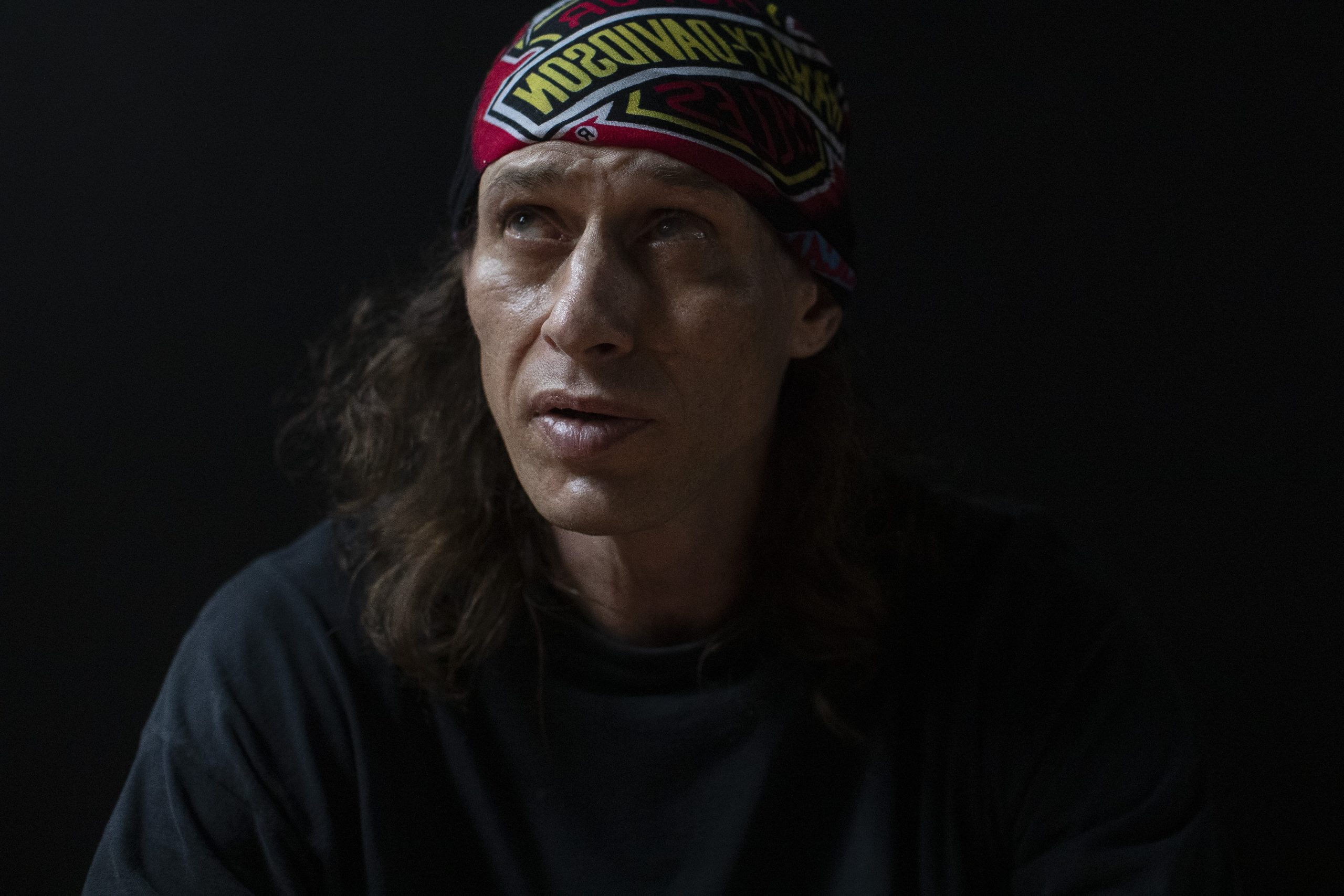TORONTO — COVID-19 has wreaked havoc on some of Toronto’s most vulnerable communities, but for two residents of a new housing project in the city’s midtown area, the pandemic has been an unexpected blessing.
Just a few months ago, Jason Greig and Rob Dods were each sleeping in tents. Now, the two men are among 149 previously homeless residents living in a pair of apartment buildings leased by the city at the height of the pandemic.
The deal was struck between Toronto’s Shelter, Support and Housing Administration and the buildings’ developer, the Times Group Corporation, not long after a number of outbreaks in the shelter system led to a wave of outdoor encampments cropping up across the downtown core.
Residents moved in at the end of April and have since enjoyed amenities they were deprived of while in the street: a hot shower, a kitchen of their own, air conditioning and privacy.
But the agreement was never supposed to be permanent, and at the end of this month, all 149 residents will have to move out as the buildings are prepared for demolition.
Both Greig and Dods said they were grateful for the program — and would like to see the city pursue similar options in the future.
“COVID made my life better. It really did,” Greig said in a recent interview outside Sanctuary, a downtown Christian outreach centre.
“What was I doing before COVID? I was sleeping in a tent, going from this neighbourhood to that place. Never quite feeling safe enough to leave my tent or do anything, because if I leave anything anywhere, it’s stolen.”
Before the pandemic, Greig said, there were countless hoops to jump through in order to secure housing — but in the wake of the pandemic, the red tape seemed to disappear.
“Because of COVID, I’ve never seen them change a law in this country that fast,” he said.
Dods, who has been homeless for the last four years and struggles with alcoholism, said he was becoming disillusioned by the daily struggles of living on the street.
“I was living in a tent right over there,” Dods said, gesturing toward the courtyard beside Sanctuary.
“It was comfortable, shall we say, but it was also not comfortable. I ain’t camping, you know? I’m not up north fishing.”
Dods said he believes the city is genuinely trying its best to do right by the buildings’ residents.
In a phone call with The Canadian Press, the director of Toronto’s Shelter, Support and Housing Administration, Gord Tanner, said the city is working to make sure all residents have the chance to get permanent housing. He said another set of temporary housing will be arranged for any residents of the midtown apartments who aren’t able to secure a place of their own before September.
“For as many people as we can, we are trying to move them into permanent housing, but for those that can’t, we will keep them accommodated through other means,” Tanner said.
“Given that this is another change for people, many of whom have been living outside, we want to make sure they have the right information and feel reassured.”
Dods said the new housing program has had a hugely positive effect on his mental health, citing the profound difference made by things such as being able to have a hot shower, cook his own meals and lock his door at night.
While he’s confident he’ll be able to find a place before September, Dods said the main difficulty for homeless people finding housing often has more to do with prejudice from landlords than it does being able to pay rent.
Still, he’s hopeful the city will approach the issue of homelessness with more compassion in a post-COVID world: in his eyes, both politicians and residents alike are starting to wake up to the brutal reality for those living on the street.
“It’s a bigger problem than a lot of people realize. It’s not just Joe Blow standing in front of Tim Hortons asking if you got any change. It’s way bigger.”
This report by The Canadian Press was first published Aug. 4, 2020.
Jake Kivanç, The Canadian Press













